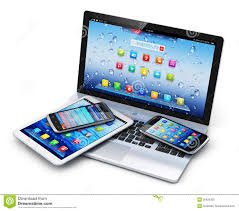Is it a Phone or Computer?
- May 11, 2015
- Posted by: admin
- Category: Expenses, Tax
No Comments
 The provision by employers of mobile phones for employees is today very common. Employers want to be able to contact their employees throughout the working day and a full tax exemption makes it an attractive perk for the employee. Typically, employers will allow their staff to use the phone for sending and receiving private calls, as long as the employee is not running up significant extra costs in the process.
The provision by employers of mobile phones for employees is today very common. Employers want to be able to contact their employees throughout the working day and a full tax exemption makes it an attractive perk for the employee. Typically, employers will allow their staff to use the phone for sending and receiving private calls, as long as the employee is not running up significant extra costs in the process.